We provide here modeling estimates for SARS-CoV-2 infections in the US. Our estimates are reporting all the individuals, irrespectively of the symptomatic/asymptomatic status, that have been infected in the US. This number is generally larger than the number of confirmed (tested) cases. The infection attack rate refers to the cumulative number of infections. The incidence number reports the weekly number of newly infected individuals. It has to be noted that not all newly infected individuals are infectious due to the incubation time of the COVID-19 disease.
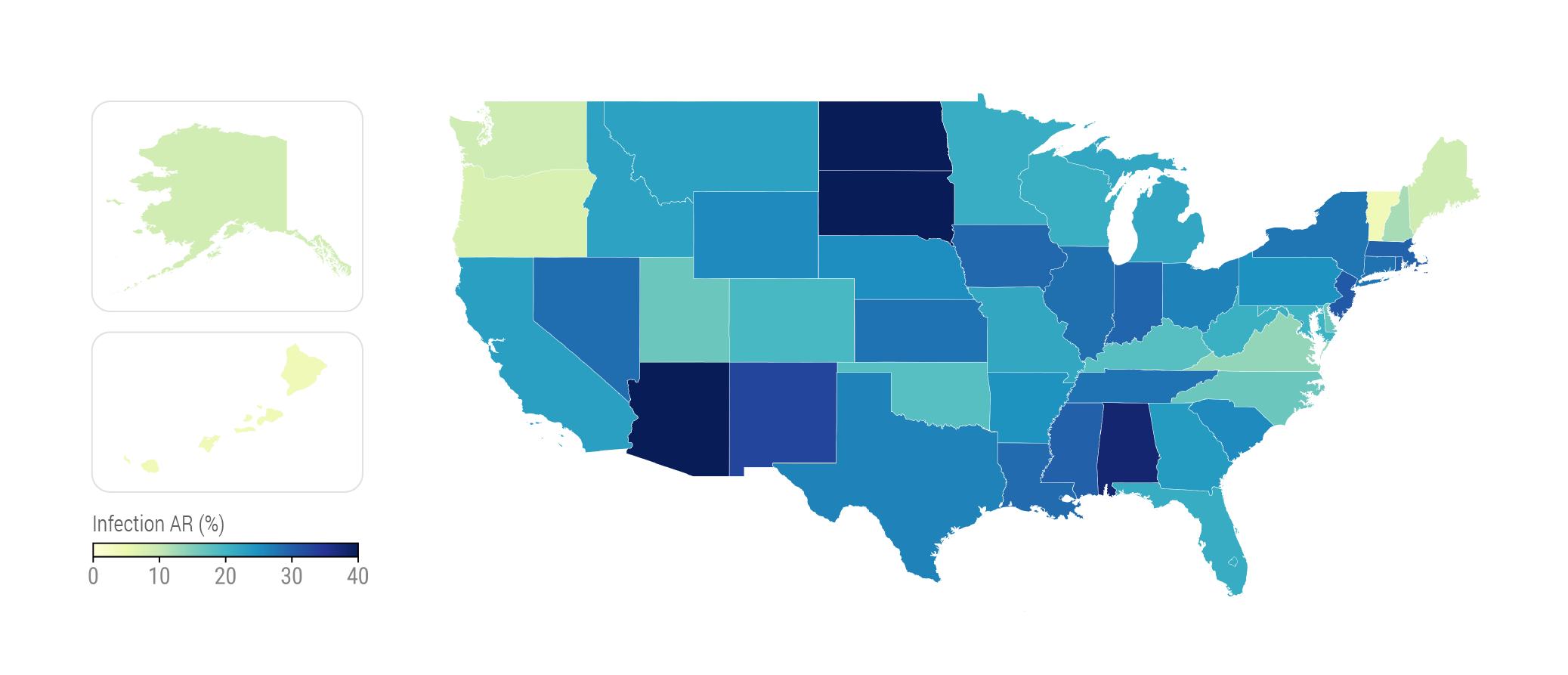
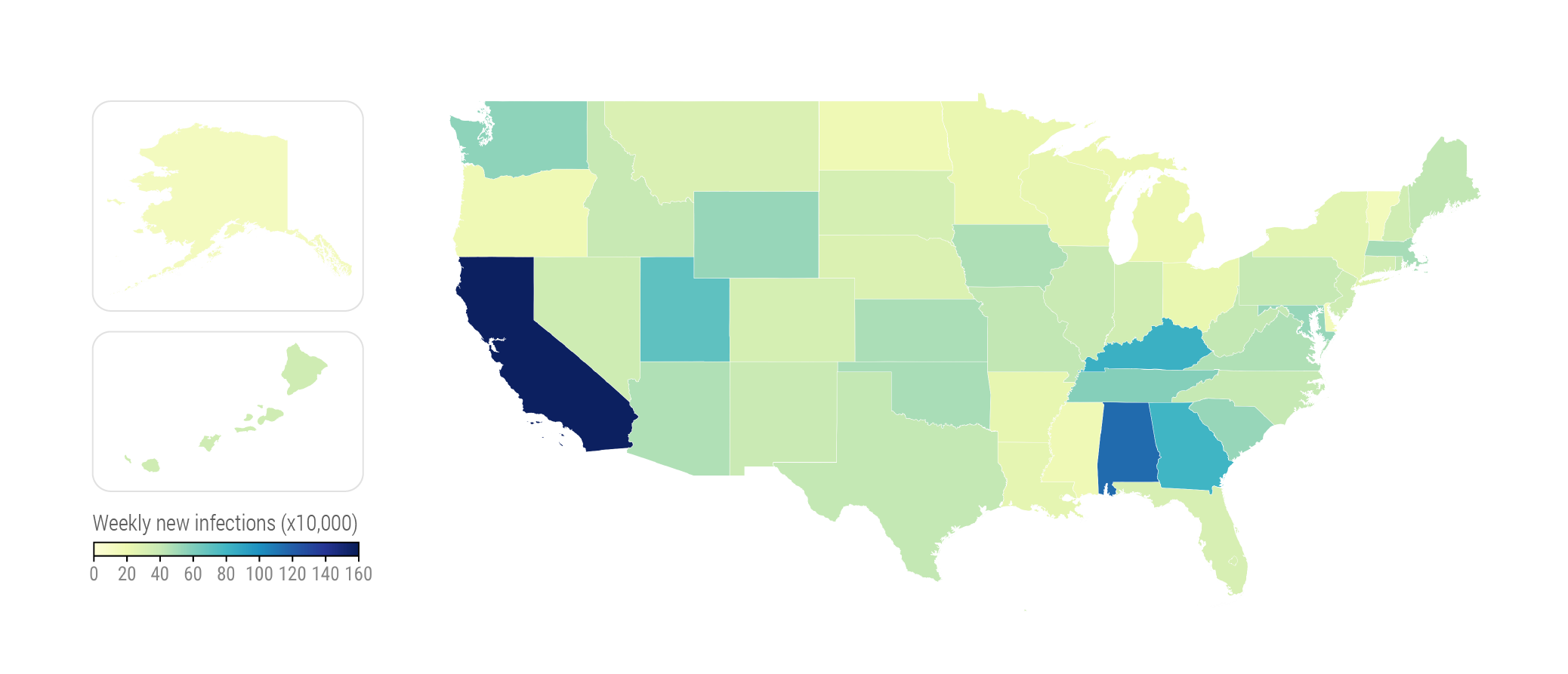
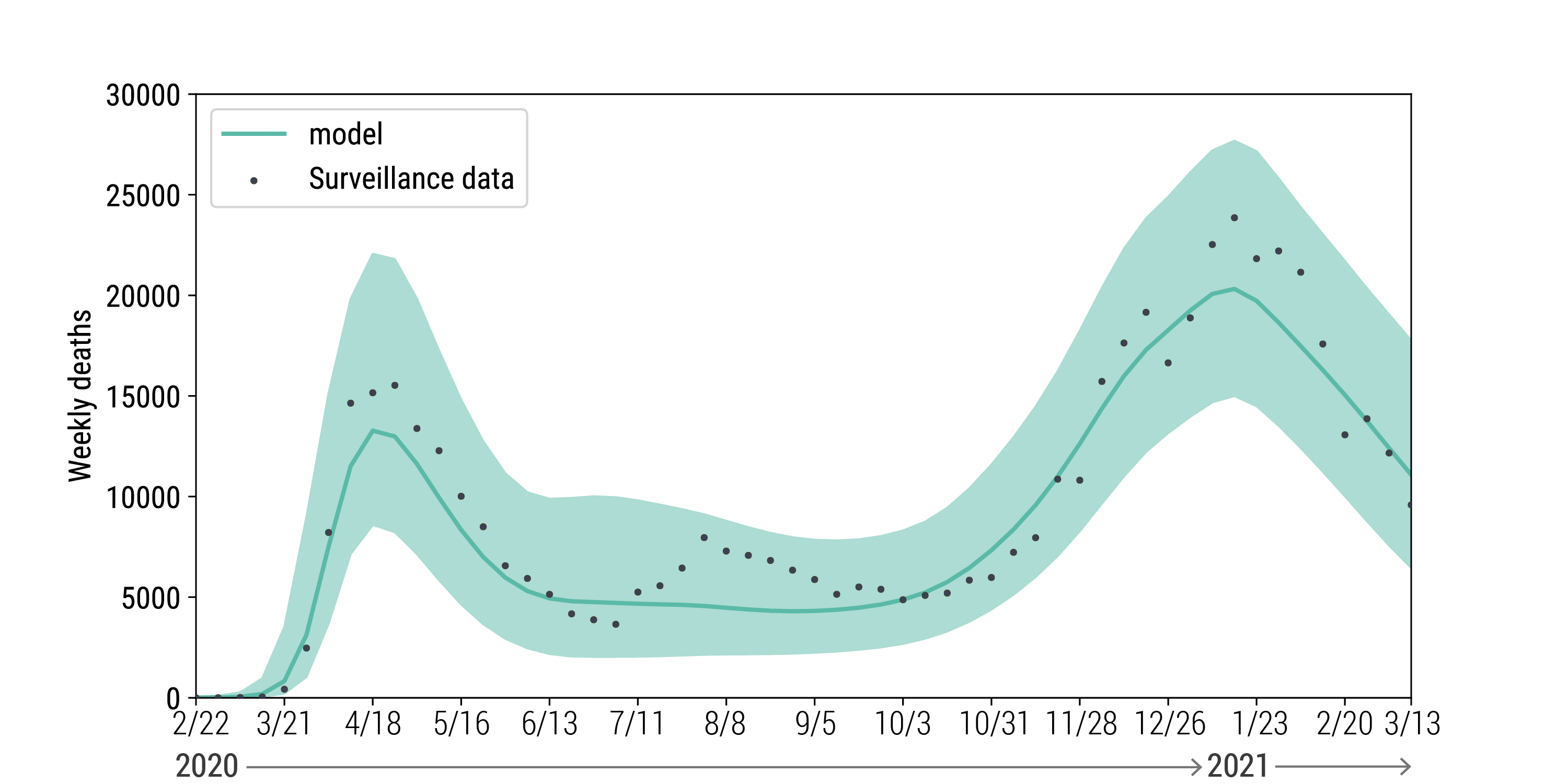
We calibrate our model using surveillance data reported by CDC. In particular we use the weekly number of deaths. The above figure shows the data points (circles) and the model's results (median and confidence intervals) for the selected simulations after performing the calibration.
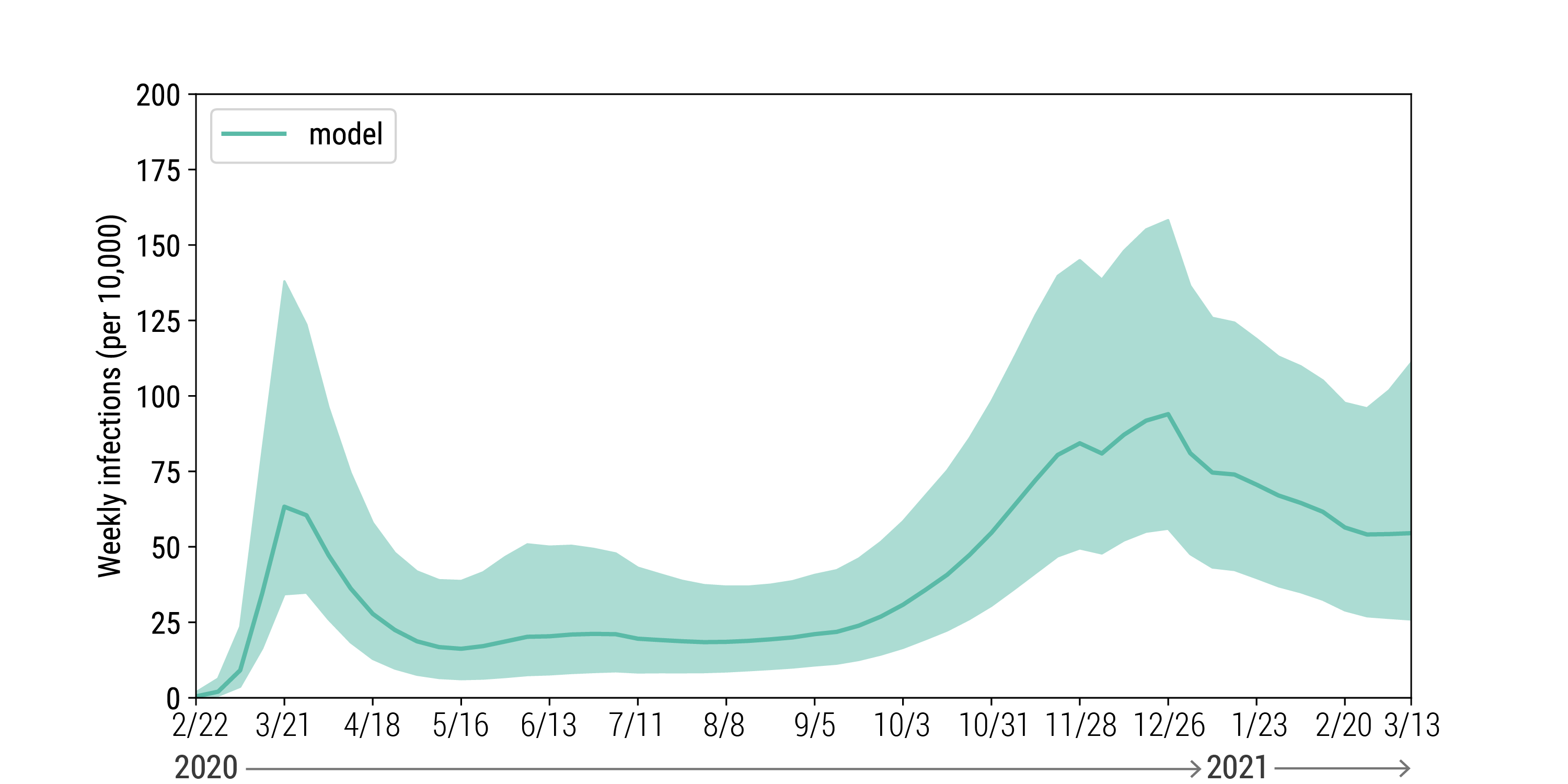
Weekly number of new infections according to our model.
Here we report the modeling estimates for SARS-CoV-2 infections in individual states divided according to the CDC surveillance regions.
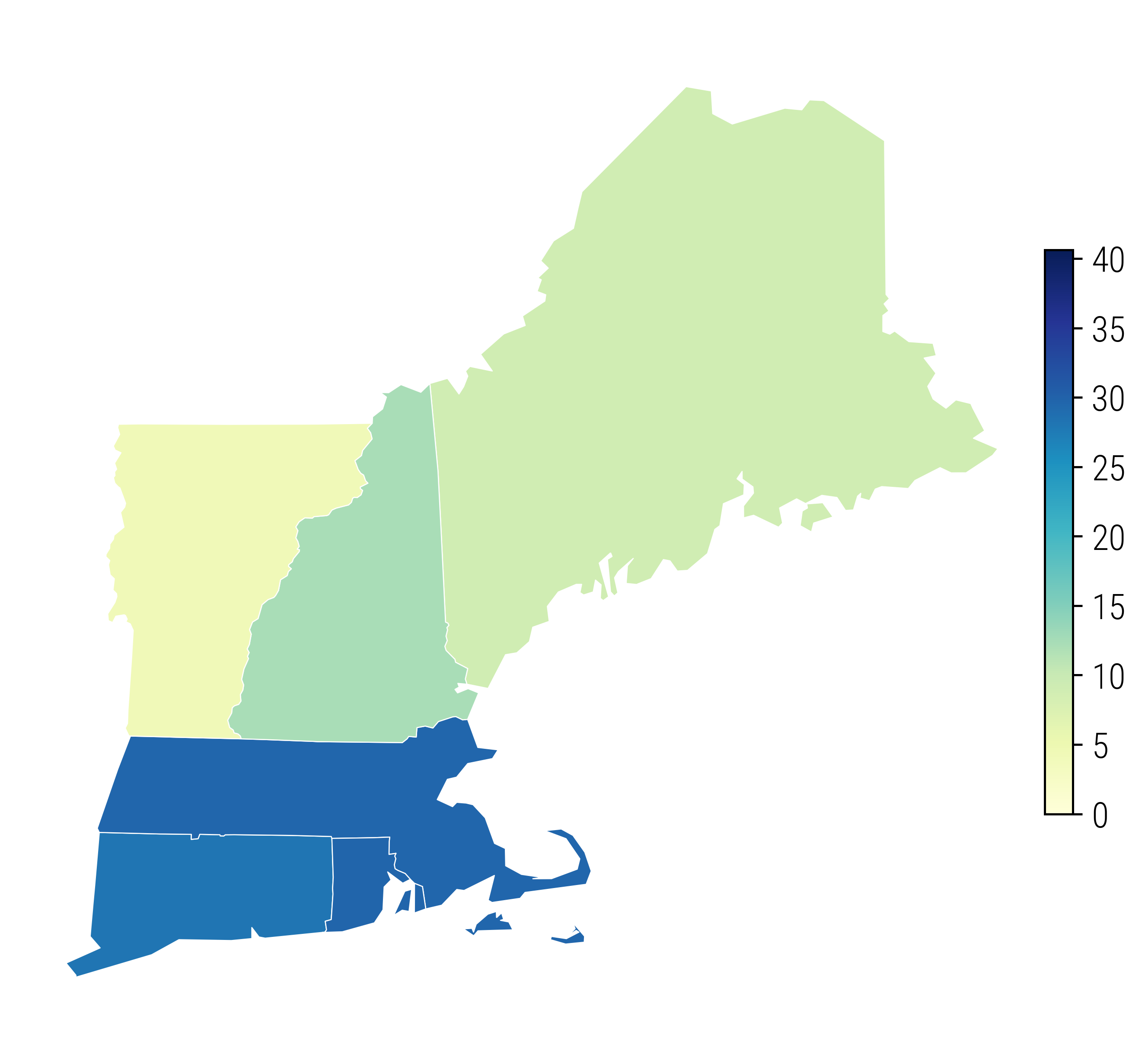
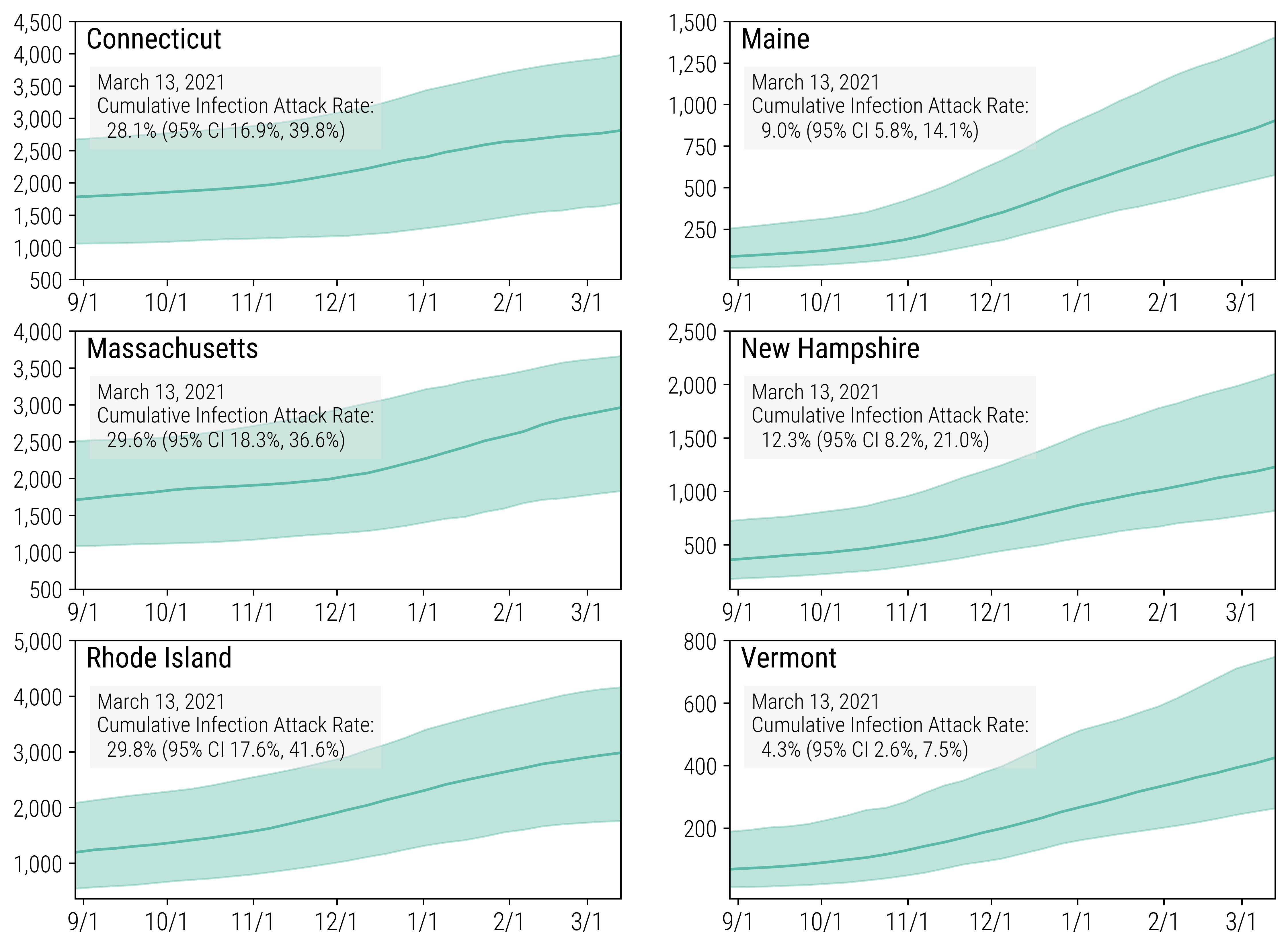
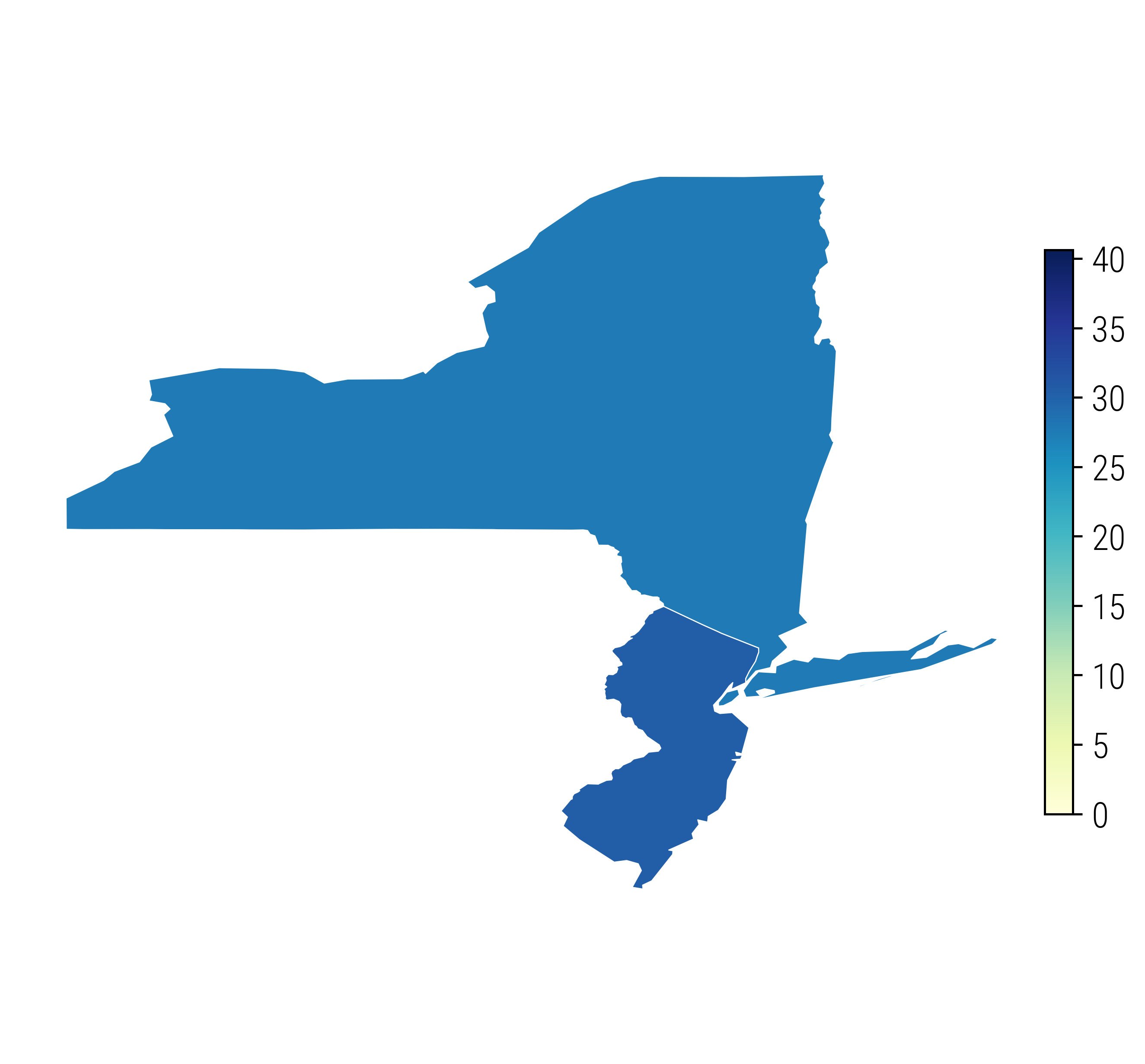

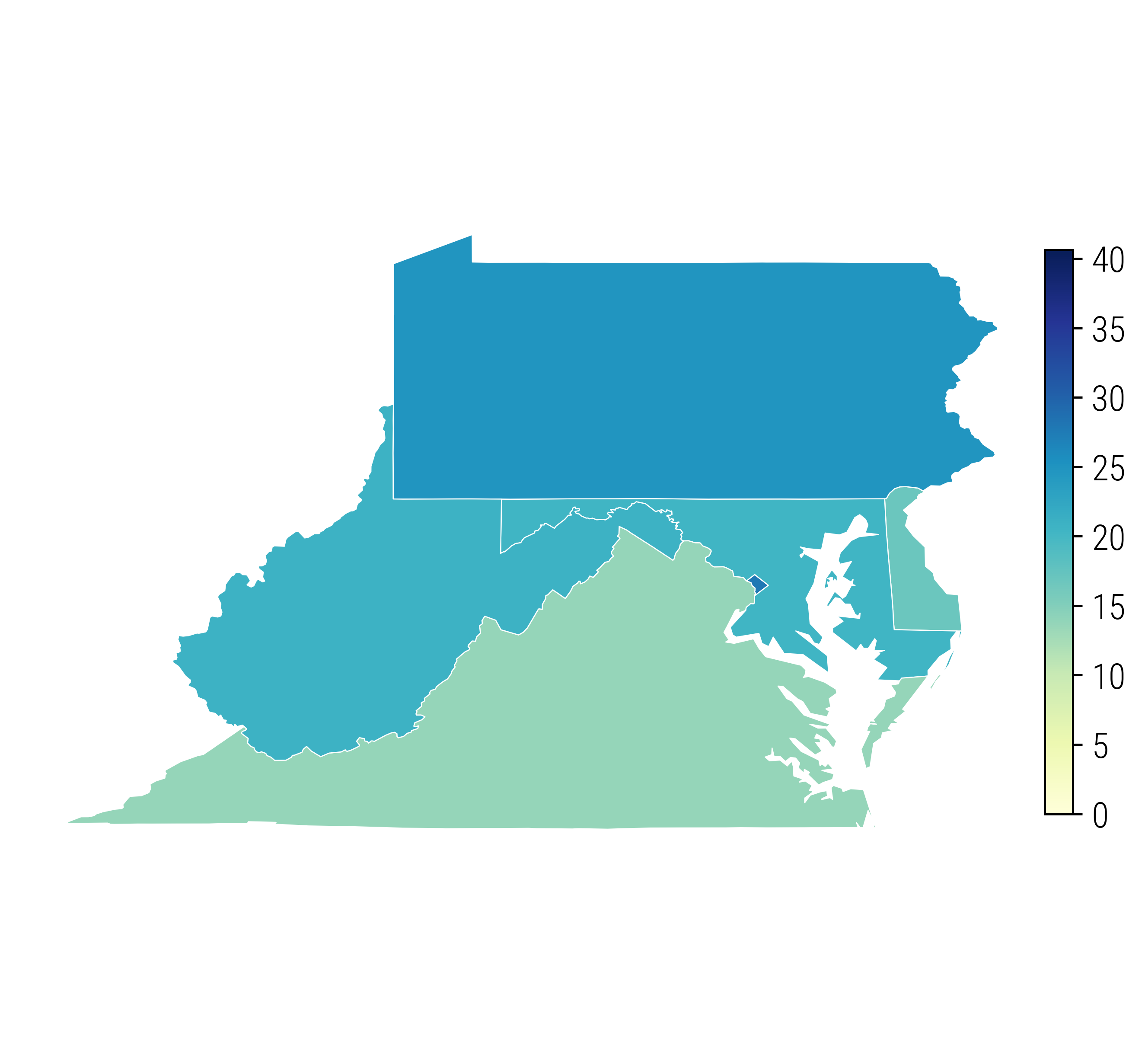

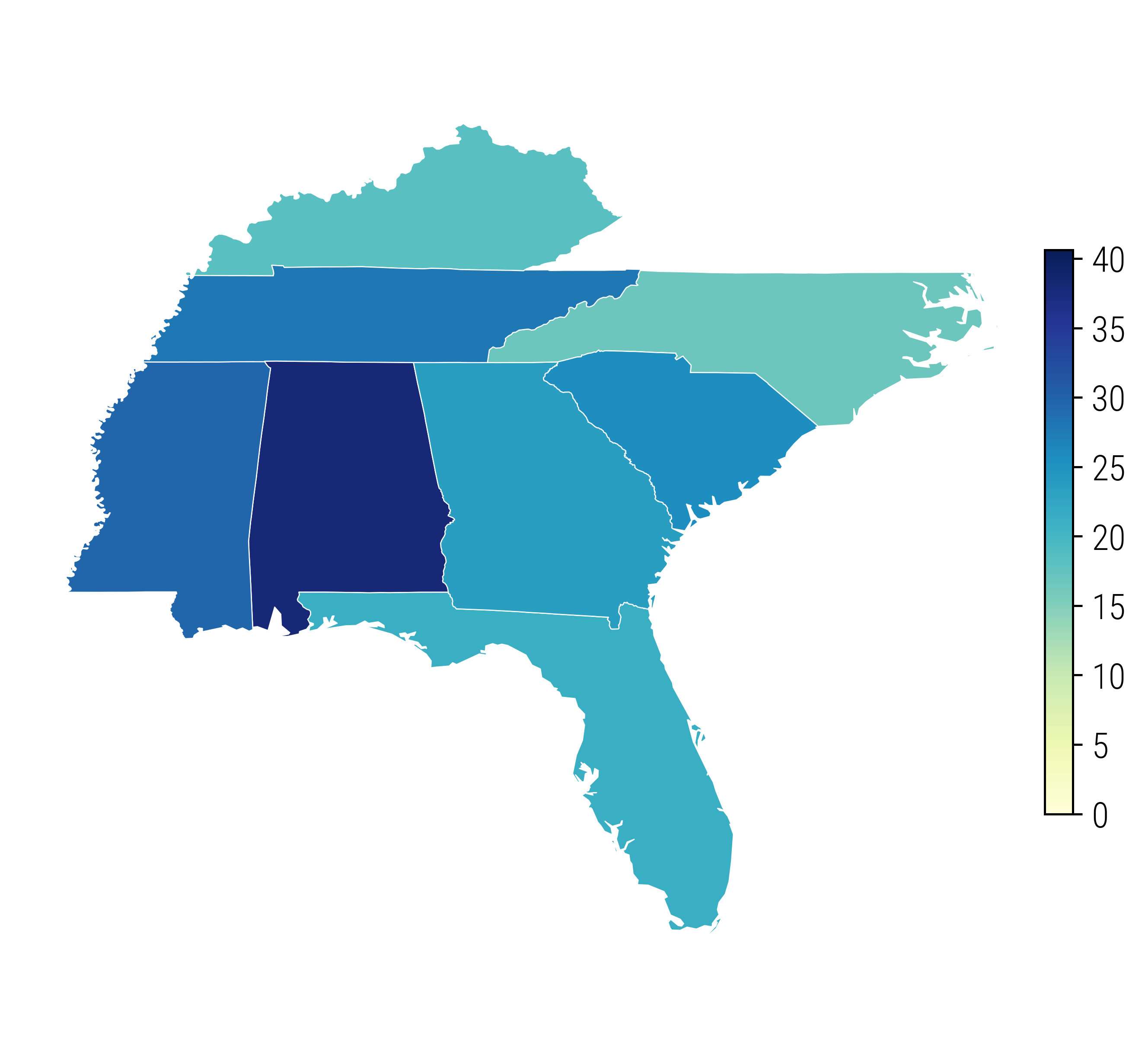
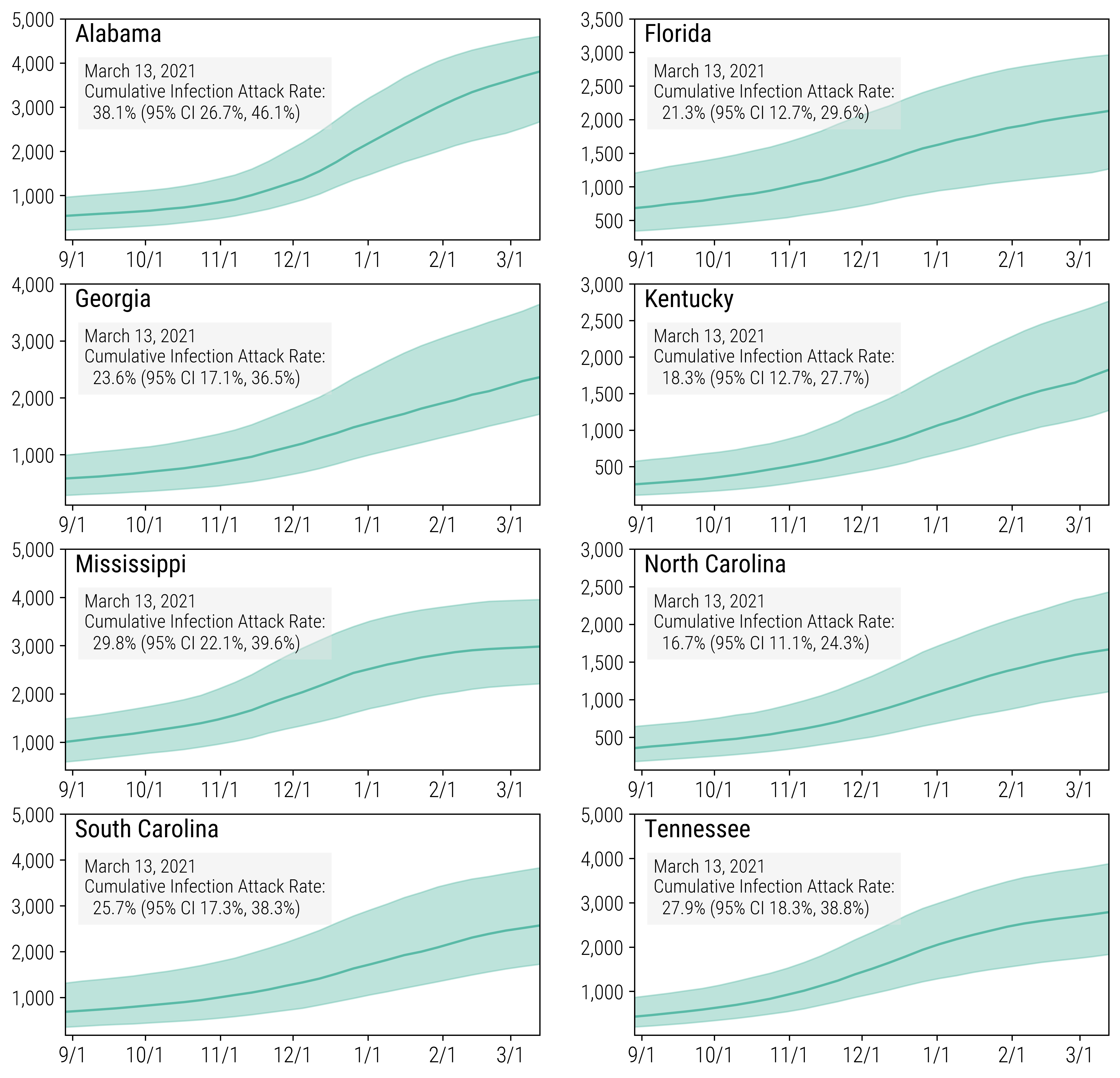
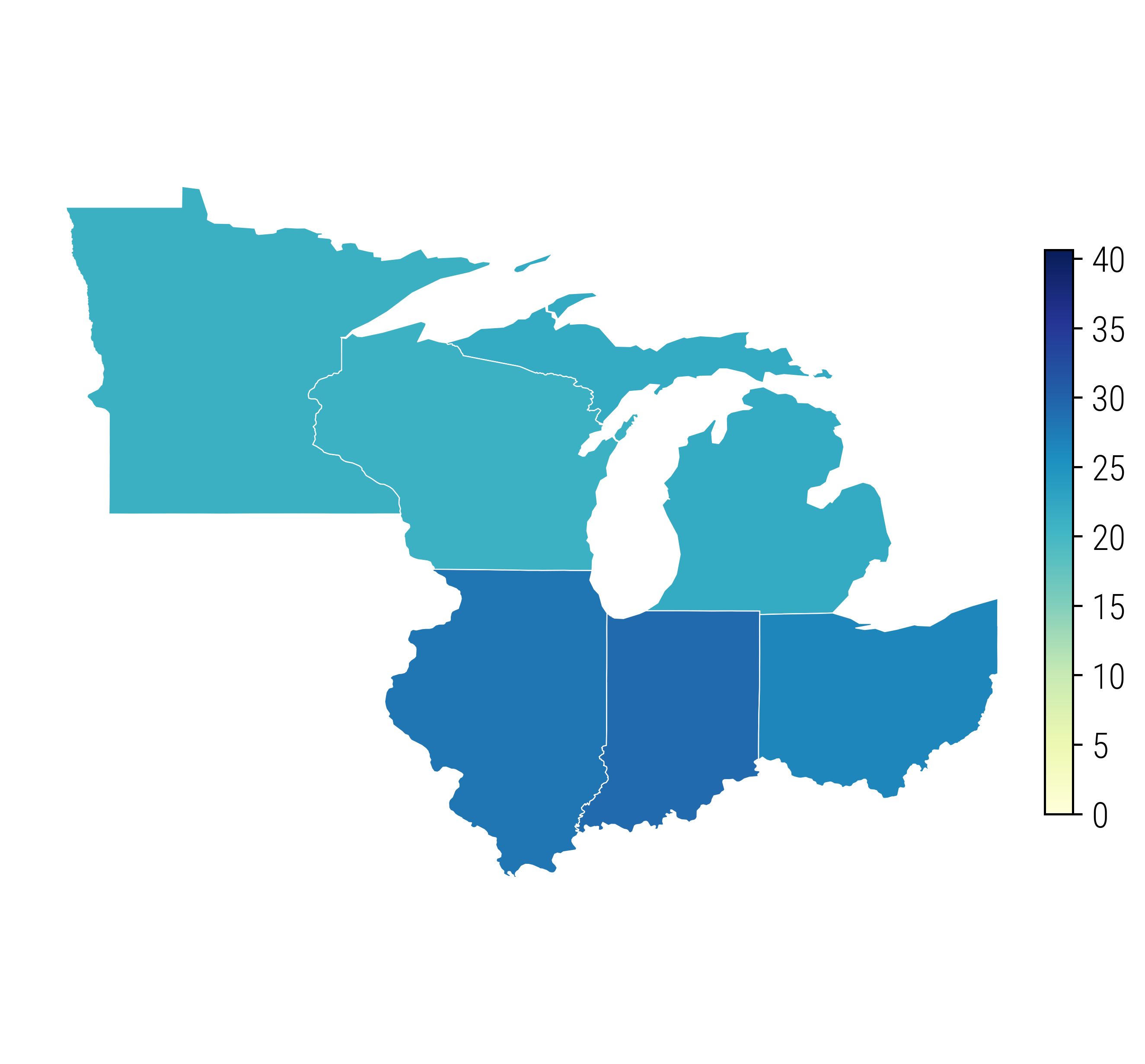
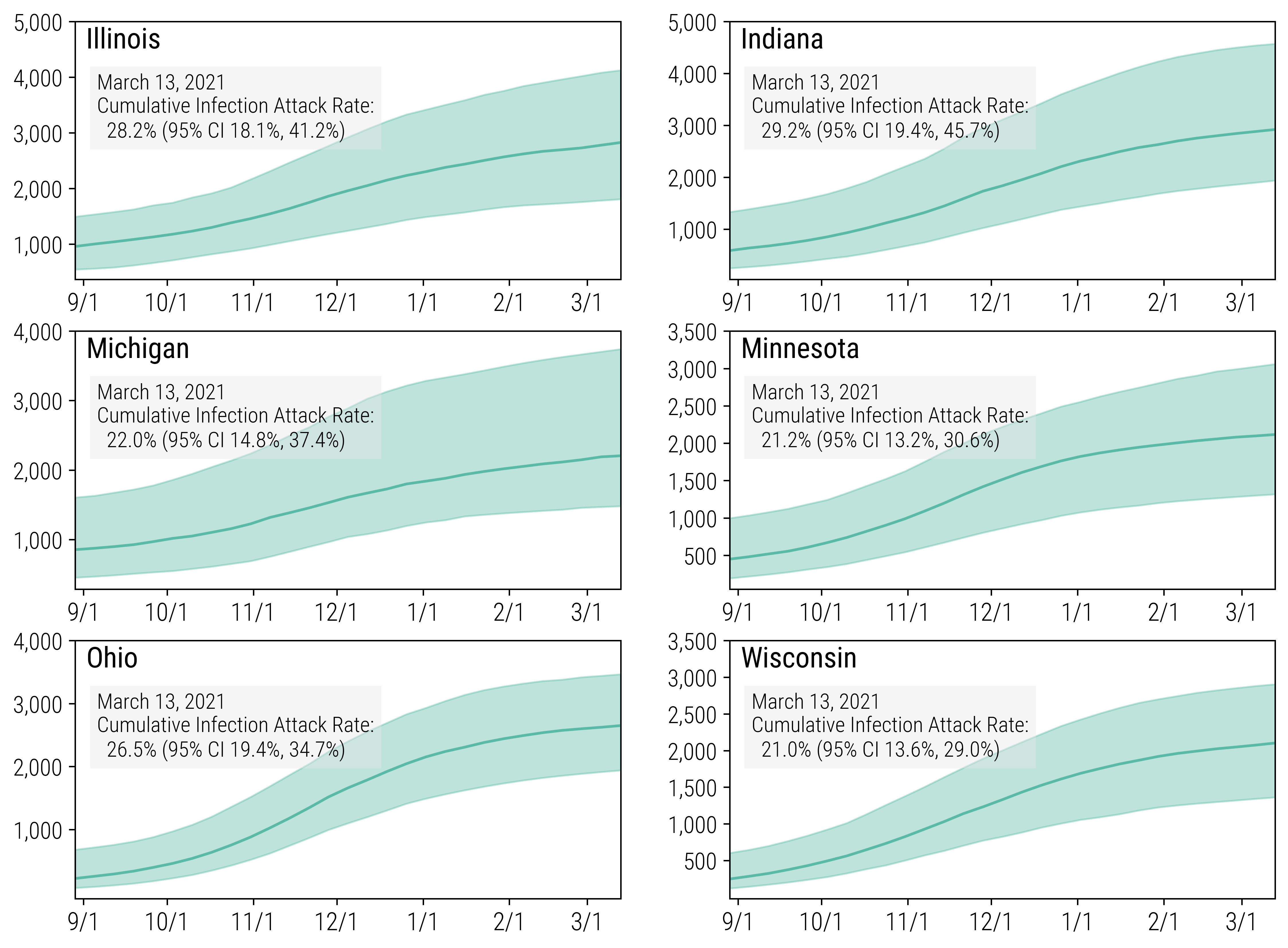
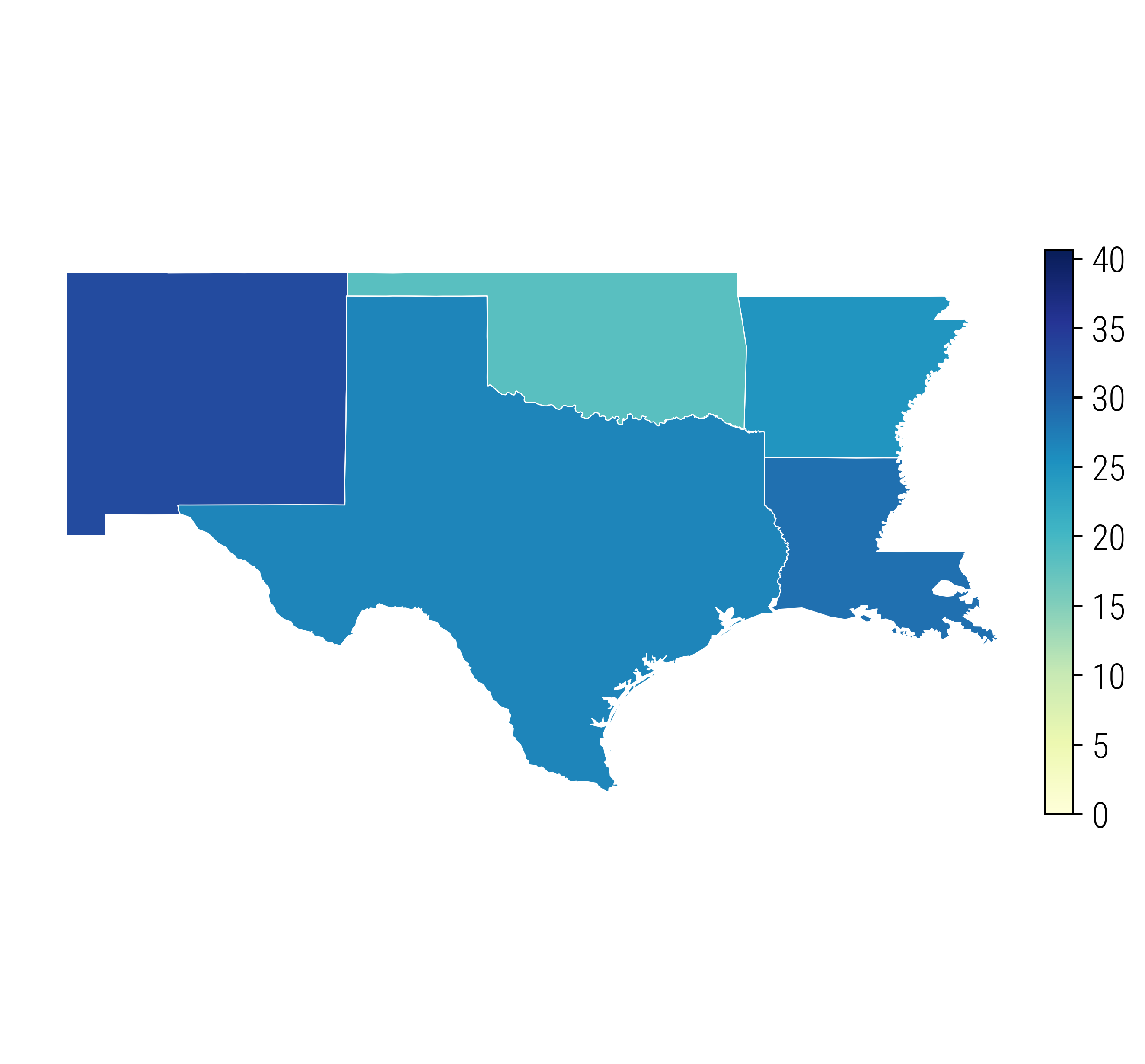

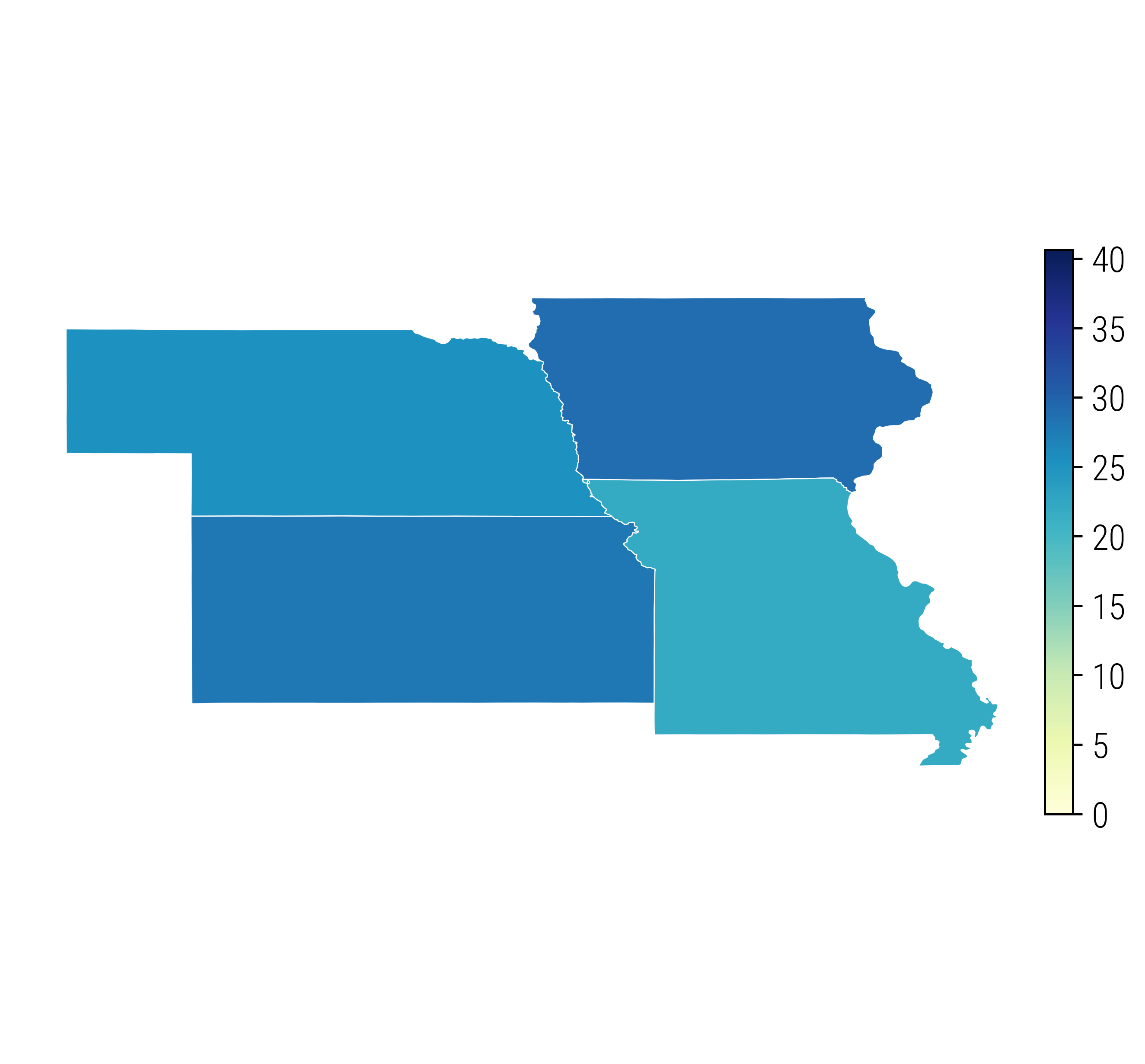

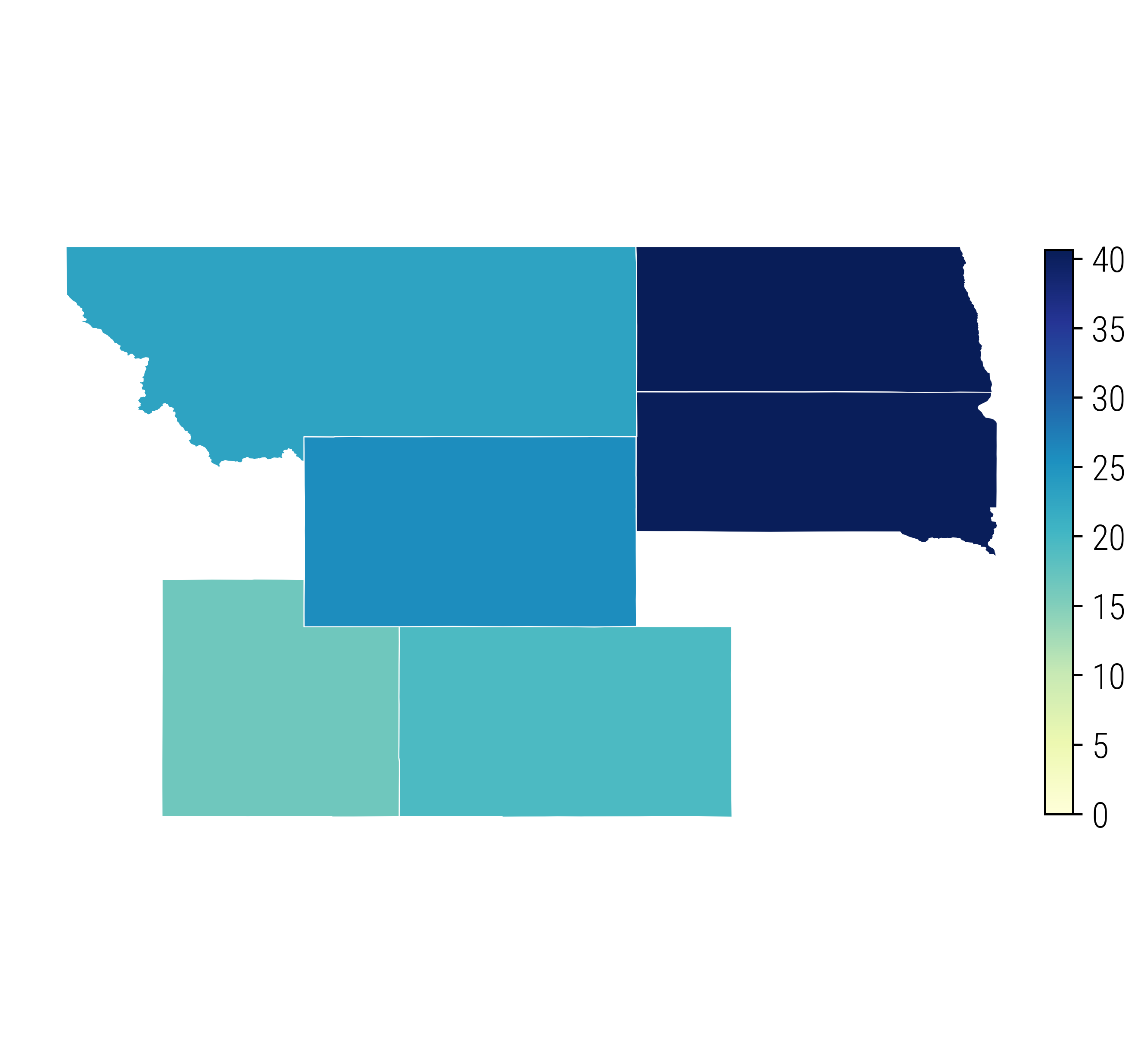

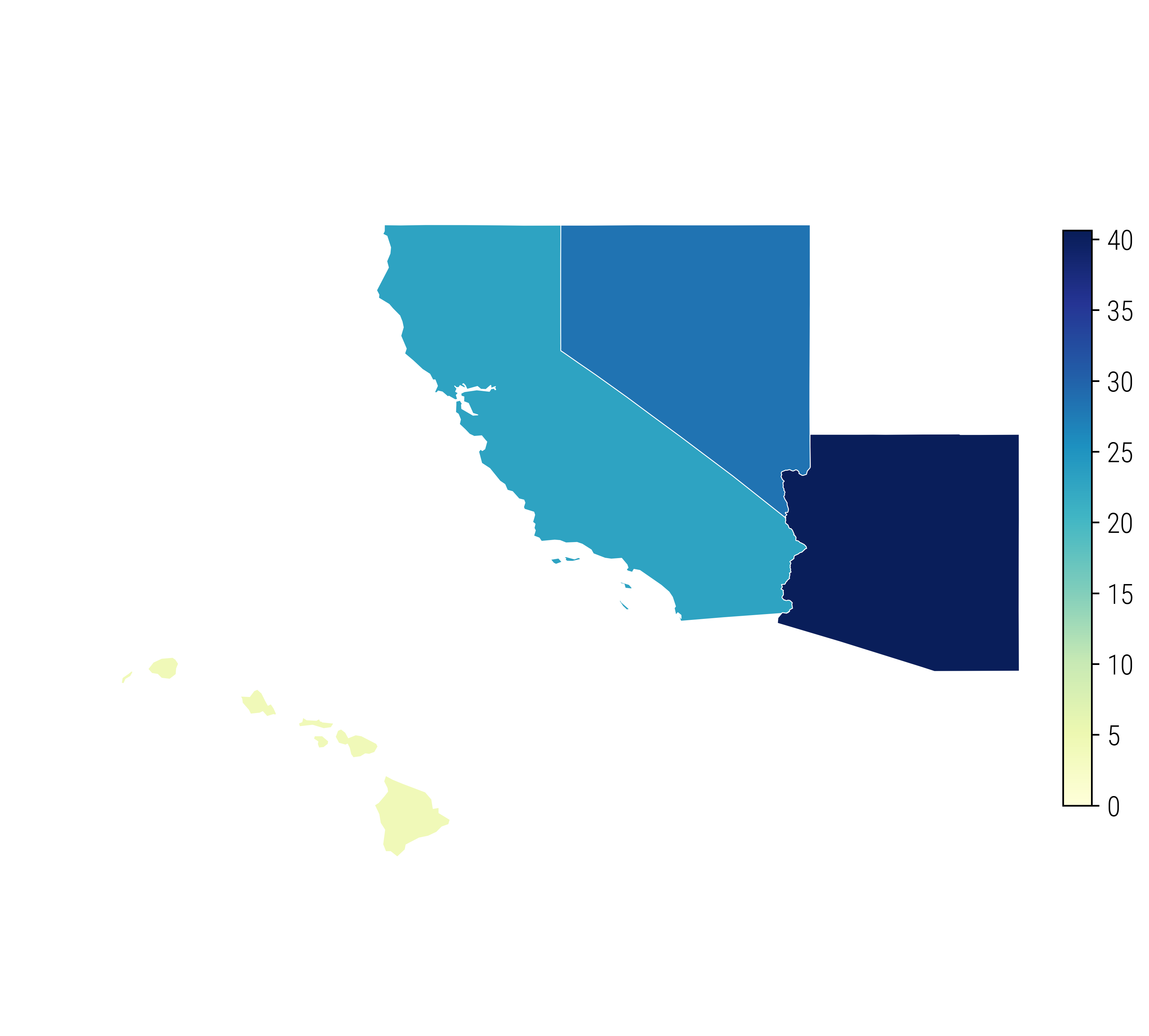

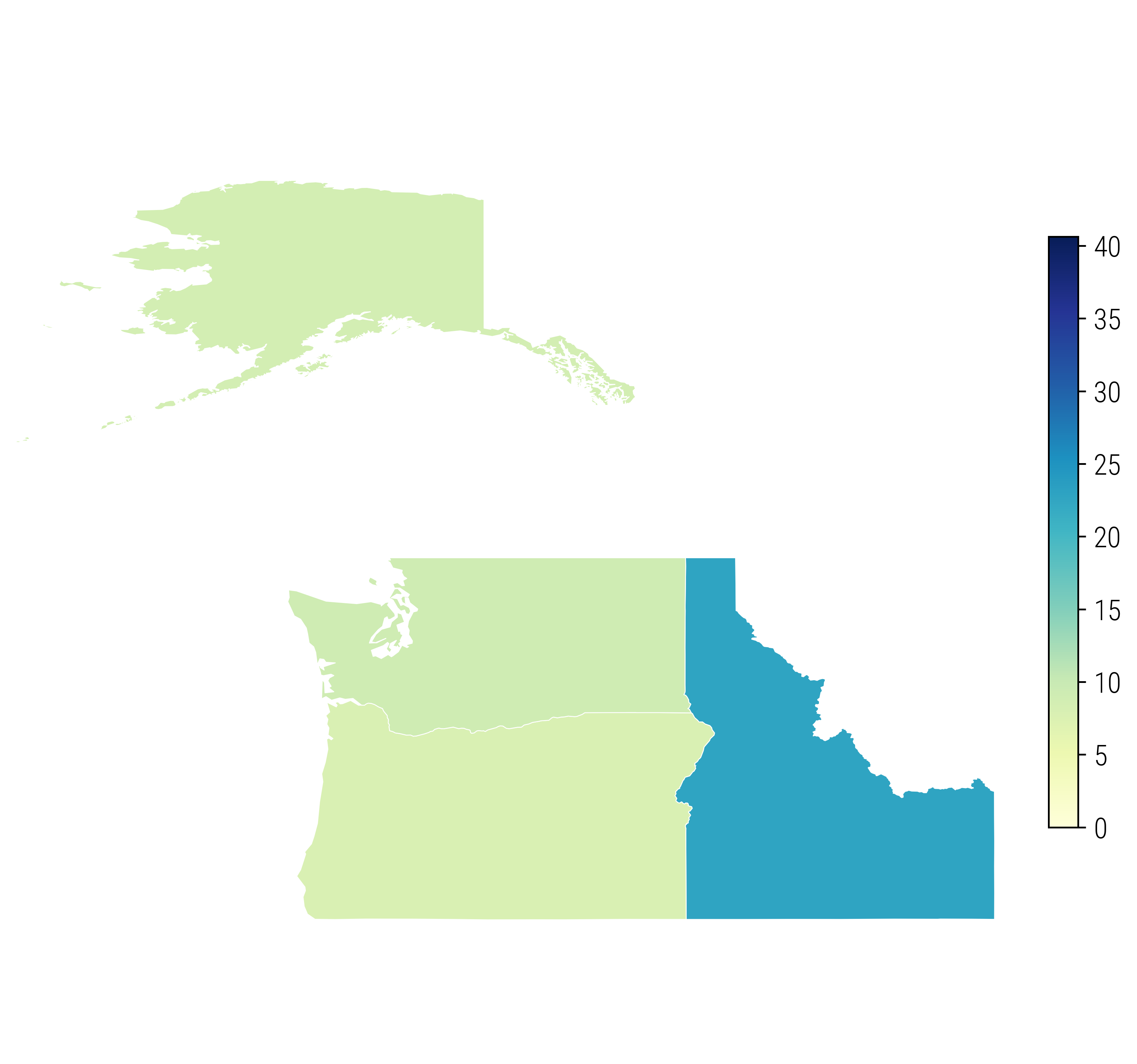
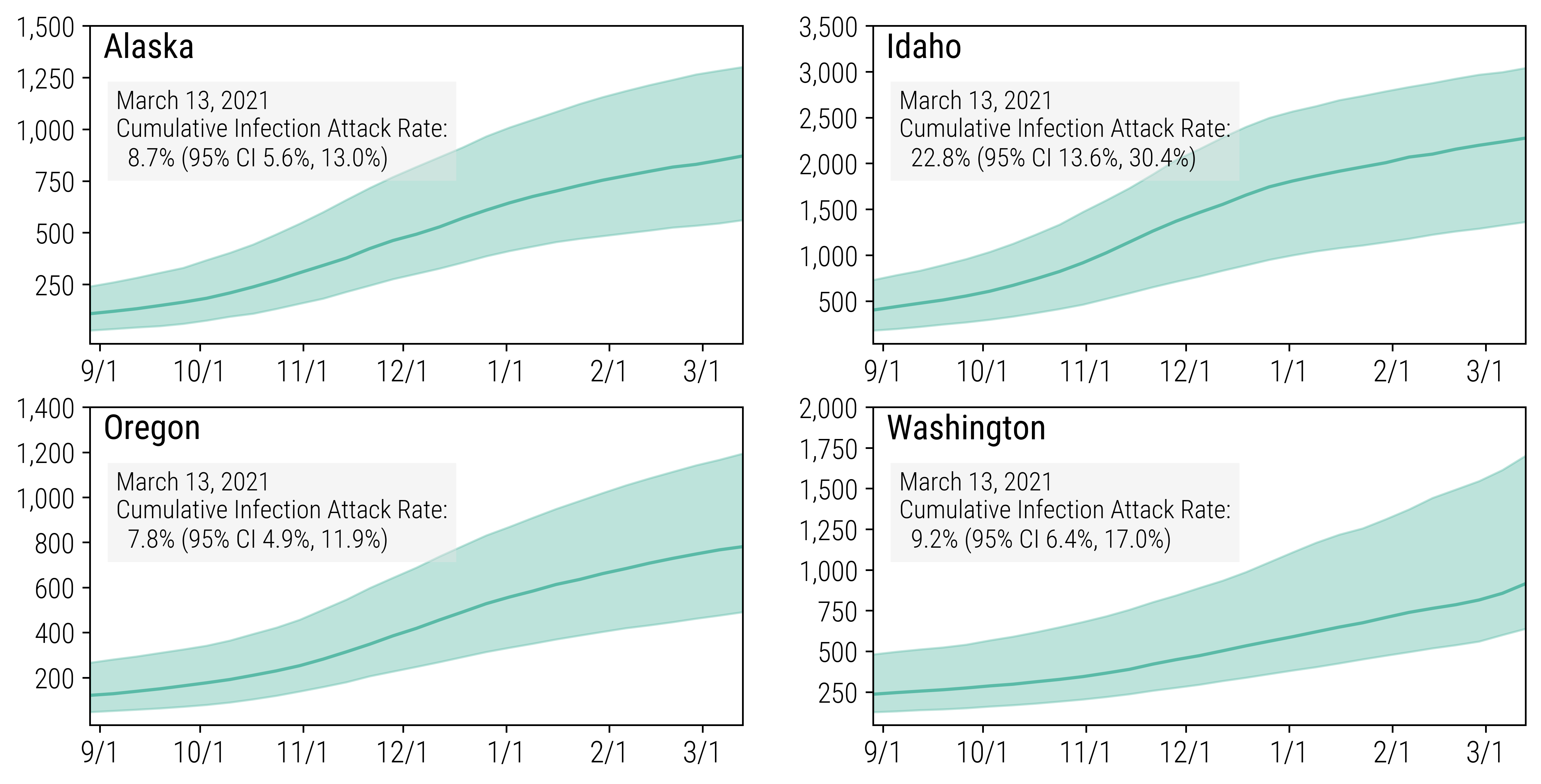
To study the spatiotemporal COVID-19 spread, we use the Global Epidemic and Mobility Model (GLEAM), an individual-based, stochastic, and spatial epidemic model [1, 2, 3, 4]. GLEAM uses real-world data to perform in-silico simulations of the spatial spread of infectious diseases at the global level. We use the model to analyze the spatiotemporal spread and magnitude of the COVID-19 epidemic in the USA at the county level. The data are aggregated to provide the estimates at the State level. The model generates an ensemble of possible epidemic projections described by the number of newly generated infections and deaths. The model is calibrated on weekly deaths data from the Johns Hopkins Centers for Civic Impact by using an information theoretical approach.
For each state we report the following information:
• Cumulative median infection attack rate (with 90% CI) since the start of the epidemic
• Weekly median number of new infections with the 90%CI.
Disclaimer: There are large uncertainties around the transmission of COVID-19, the effectiveness of different policies and the extent to which the population is compliant to social distancing measures. The presented material is based on modeling scenario assumptions informed by current knowledge of the disease and subject to change as more data become available.
Northeastern University/MOBS Lab
• Matteo Chinazzi
• Jessica T. Davis
• Kunpeng Mu
• Ana Pastore y Piontti
• Xinyue Xiong
• Alessandro Vespignani